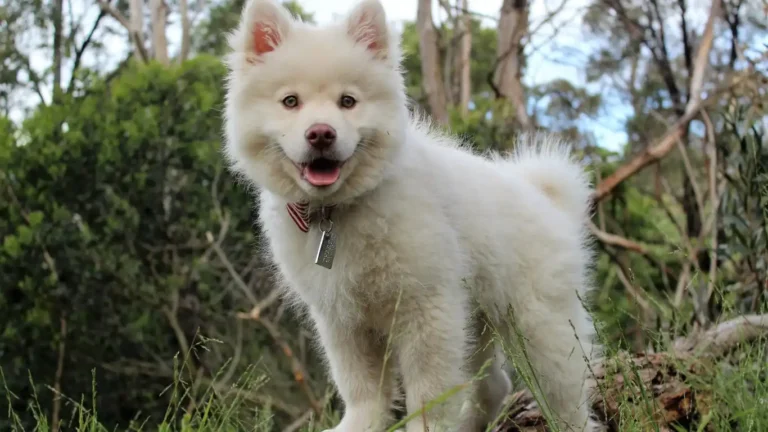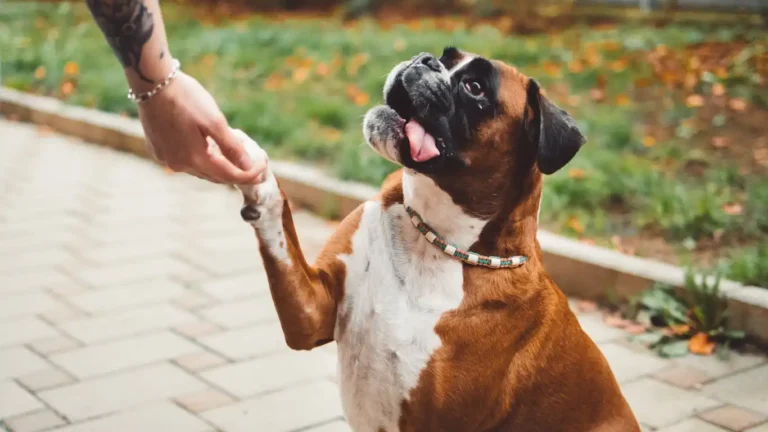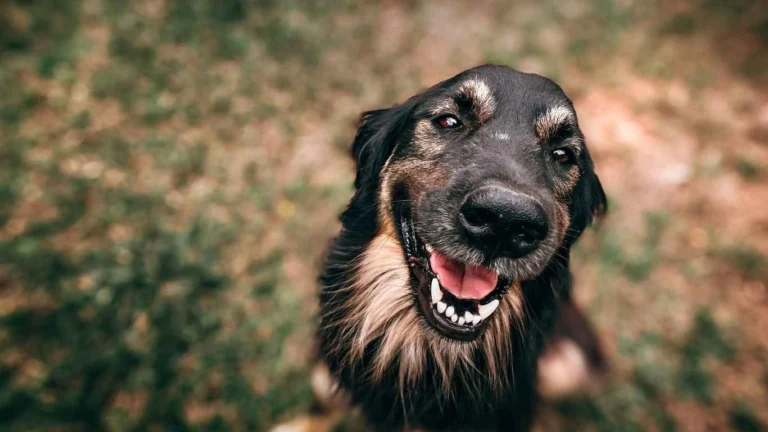How to Prepare Your Dog for Boarding at a Kennel Like a Pro
If you’re anything like me, the thought of leaving your dog behind while you’re away tugs hard at the heartstrings. As a Veterinary Technician who’s worked with countless pet parents over the years (especially those dealing with dietary restrictions or anxiety-prone pups), I totally get the nerves. But preparing your dog for boarding at a kennel doesn’t have to feel like prepping for a military operation. It just takes the right steps, a bit of planning, and trust in the place you’re leaving them. So let’s talk about how to prepare your dog for boarding at a kennel—minus the stress, plus a whole lot of peace of mind.
Understanding Your Dog’s Personality and Needs

Know Thy Pup
Every dog is different. Some are laid-back couch potatoes, others are high-energy social butterflies. In my experience, dogs who are already used to change tend to adjust to boarding quicker. But for those that are a little more *set in their ways* (we all know a pup or two like that), it’s super important to match the kennel environment to their personality.
- Anxious or timid dogs: They might benefit from smaller, quieter kennels with fewer animals or private suites.
- Social butterflies: Look for boarding facilities that offer structured playgroups or doggie daycare options.
- Senior dogs or those with health issues: Facilities with on-site vet care or staff trained in medical support (bonus if they know basic nutrition stuff) are ideal.
Dietary Needs Matter More Than You Think
Okay, I’m putting on my Nutrition Specialist hat here. One of the top complaints I’ve heard from returning pet parents? “My dog had an upset stomach the whole week after boarding.” Nine times out of ten, it’s due to a sudden food change or missed supplements. Dogs have sensitive digestive systems—especially those with specific diets or allergies. I always recommend bringing your own food and clearly labeling portions.
Pro tip: Pre-measure each meal into ziplock bags with feeding instructions written right on them. Add notes like “morning only” or “mix with water” if needed. And don’t forget treats (especially if they’re part of a reward-based diet).
Picking the Right Kennel: It’s Not One-Size-Fits-All
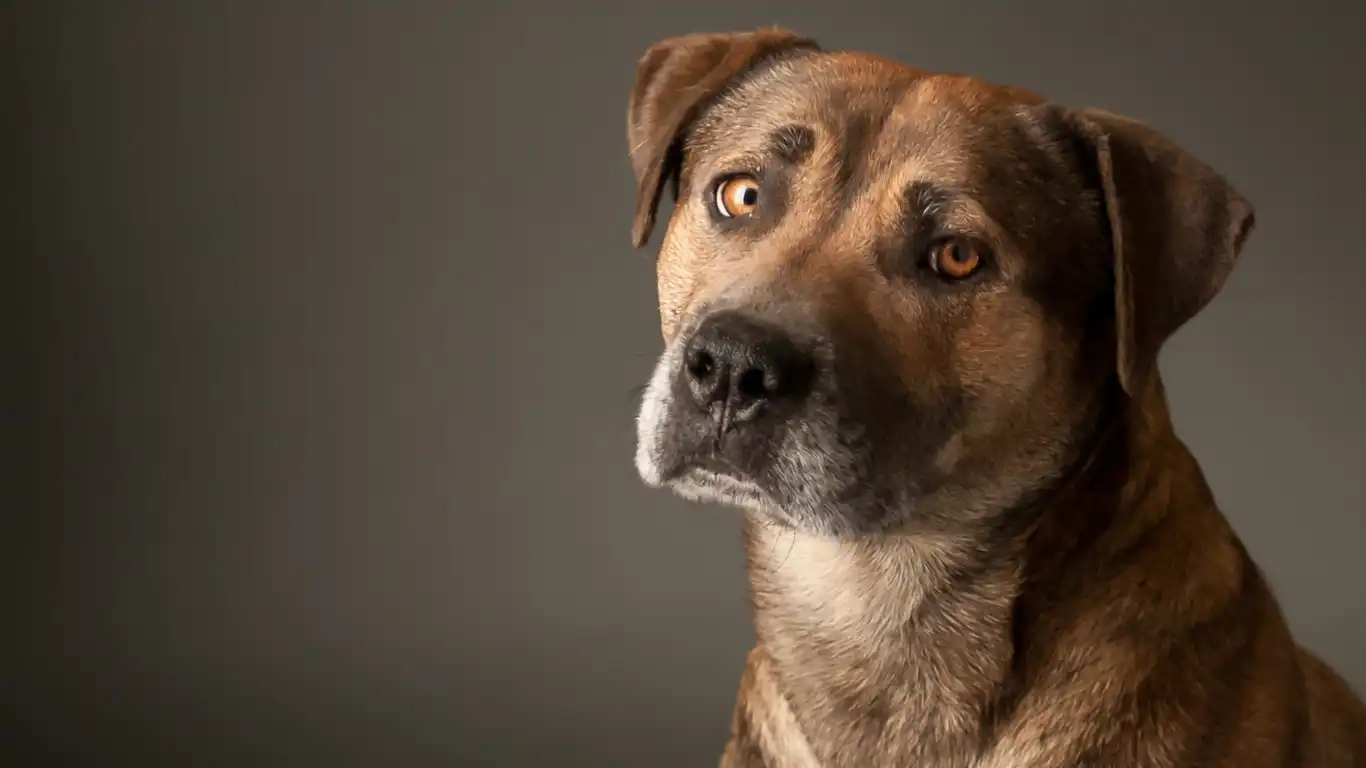
Do Your Homework
Not all boarding kennels are created equal. I always tell clients to treat it like they’re picking a daycare for a toddler—check the reviews, tour the facility, and ask lots of questions. Trust your gut. If something feels off, keep looking. A good kennel should welcome questions and even encourage a visit beforehand.
- Ask about staffing: How many people are onsite at night? Are staff trained in pet first aid?
- Look at the environment: Is it clean? Are dogs housed separately or in groups?
- Daily routine: What’s their feeding schedule like? Do they stick to what you provide or mix in their own?
One of my clients had a diabetic senior dog who needed insulin twice daily. The kennel we worked with not only administered meds on time, but kept a log and even texted updates. That’s the kind of care you want.
Trial Runs Can Be a Game Changer
One of the most underrated prep steps? A trial boarding day. Some facilities offer a “daycare day” or even an overnight trial. This gives your pup a taste of the new routine and helps staff observe any red flags early on—like separation anxiety, food refusal, or aggression in group play. Plus, it can be reassuring for you to know how your dog handles it before a full week-long stay.
Training and Behavior Prep Before Boarding

Refresh the Basics
Let’s be real. If your dog bolts when they hear “come” or turns into a wild tornado on leash, now’s the time to fine-tune some basics. A well-mannered dog isn’t just easier to board—they’re less stressed and less likely to be misunderstood by kennel staff.
Work on:
- Crate training: If your pup isn’t used to being in a kennel, practice with a crate at home first.
- Basic commands: Sit, stay, come, and down can make staff interactions smoother.
- Socialization: Introduce them to other dogs or people gradually, if they haven’t had much exposure.
I once had a sweet Border Collie named Milo in my clinic who was a total angel at home but would panic in a kennel. After two months of short crate sessions and lots of peanut butter-stuffed toys, his mom brought him in for a weekend trial—and he crushed it. Never underestimate the power of small steps.
Use Scent and Comfort Items
Dogs have insanely strong noses. Familiar smells can do wonders for their nerves. Bring along a worn t-shirt or blanket from home. Some places even allow your dog’s own bed or a toy (as long as it’s safe and washable).
Make sure to ask the kennel what their policies are, but if they say yes, that bit of “home” can be comforting when the surroundings are brand new.
What to Pack for Your Dog’s Boarding Stay
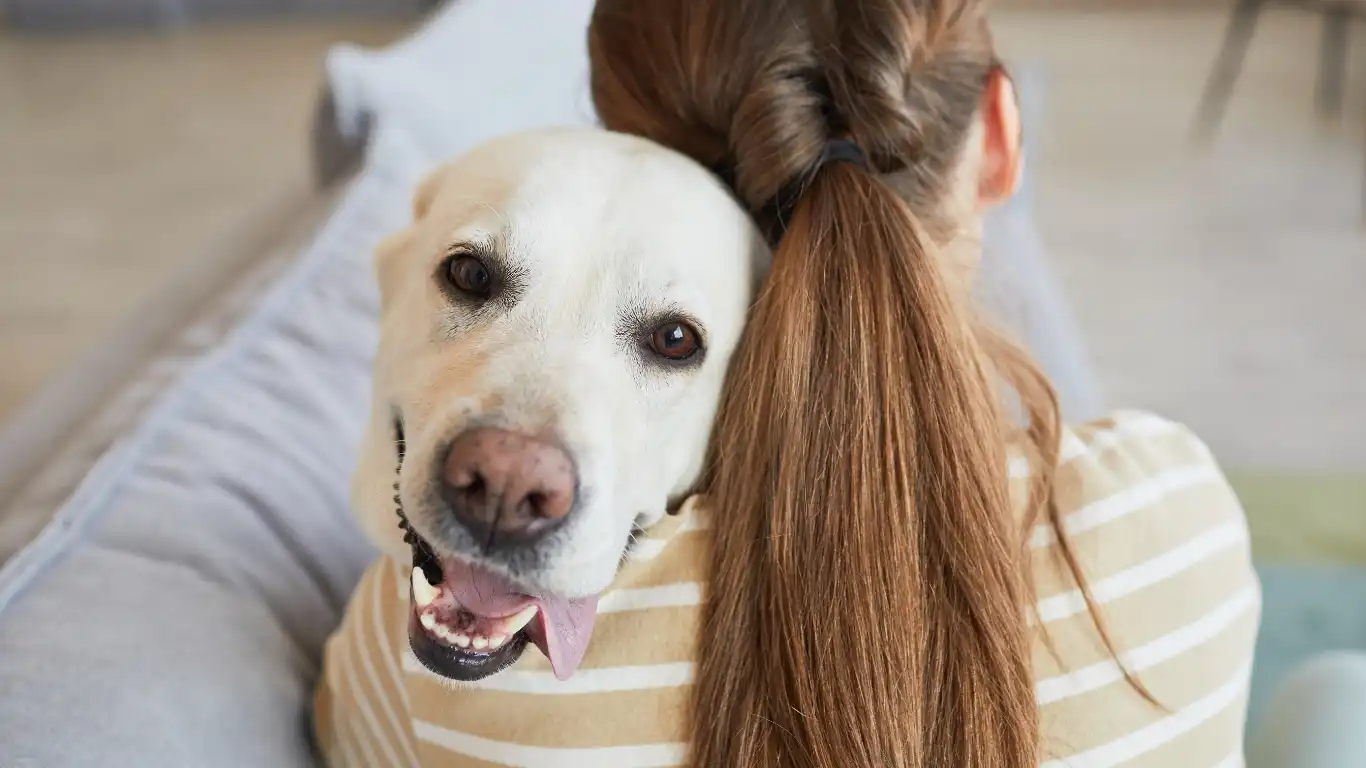
Think of it Like a Doggy Go-Bag
If you’ve ever scrambled the night before a trip packing for your own vacation, you know how easy it is to forget something. Now throw in a four-legged best friend with a specific diet, medication schedule, and comfort items—and yeah, it’s a lot. But with the right prep list, it doesn’t have to be chaotic.
- Food and treats: Always pack enough for the full stay plus 2-3 extra meals (just in case).
- Feeding instructions: Include printed or written directions—even if you think it’s obvious. One of my clients once forgot to mention her dog’s food needed warm water added, and it led to skipped meals until we figured it out.
- Medications: Label clearly with the dog’s name, dosage, and schedule. Bring an extra day or two’s supply, especially for time-sensitive meds.
- Comfort items: A blanket, toy, or worn t-shirt can do wonders to ease anxiety.
- Updated records: Proof of vaccinations, emergency contact numbers, and any recent health issues should be part of your pup’s paperwork.
Bonus tip: Pack everything in a labeled tote or bag—something durable and easy for kennel staff to keep organized. We used to love when pet parents brought clear bins; it made everything so much simpler.
Health Prep: Vaccines, Parasite Control & Vet Notes

Get That Pre-Boarding Checkup Done
Most reputable kennels won’t even let a dog through the door without proof of core vaccinations. And honestly, I’m all for it. As someone who’s worked on the clinic side, I’ve seen how quickly kennel cough or a flea infestation can spread. The last thing you want is your dog coming home with something you weren’t expecting.
Make sure your pup is up-to-date on the essentials:
- Bordetella: This one’s specifically to protect against kennel cough. It’s usually required for any group boarding facility.
- Rabies, DHPP: These are standard and legally required in most areas.
- Flea/tick/heartworm prevention: Apply or administer before drop-off. Some facilities will do it for you—but charge extra.
Also, if your dog has any special medical concerns—like seizures, allergies, or mobility issues—give the kennel a heads-up and provide clear vet instructions. One time, we had a senior lab come in whose owner casually mentioned his “occasional wobbles” during check-in. Turned out it was vestibular syndrome. If we hadn’t known that ahead of time, we might have thought he was having a stroke. Details matter!
Emergency Contacts Aren’t Optional
Always leave more than one way to get in touch with you. If you’re traveling internationally or going off-grid, assign a trusted friend or family member as a backup. Someone who knows your dog and can make decisions in a pinch.
Helpful add-on: Write a quick note that outlines your preferences in case of emergencies (like whether you’d want certain treatments done or limits on medical costs). It’s a heavy thing to think about, but it can give the kennel—and you—peace of mind.
Ease the Transition: Drop-Off Day Tips
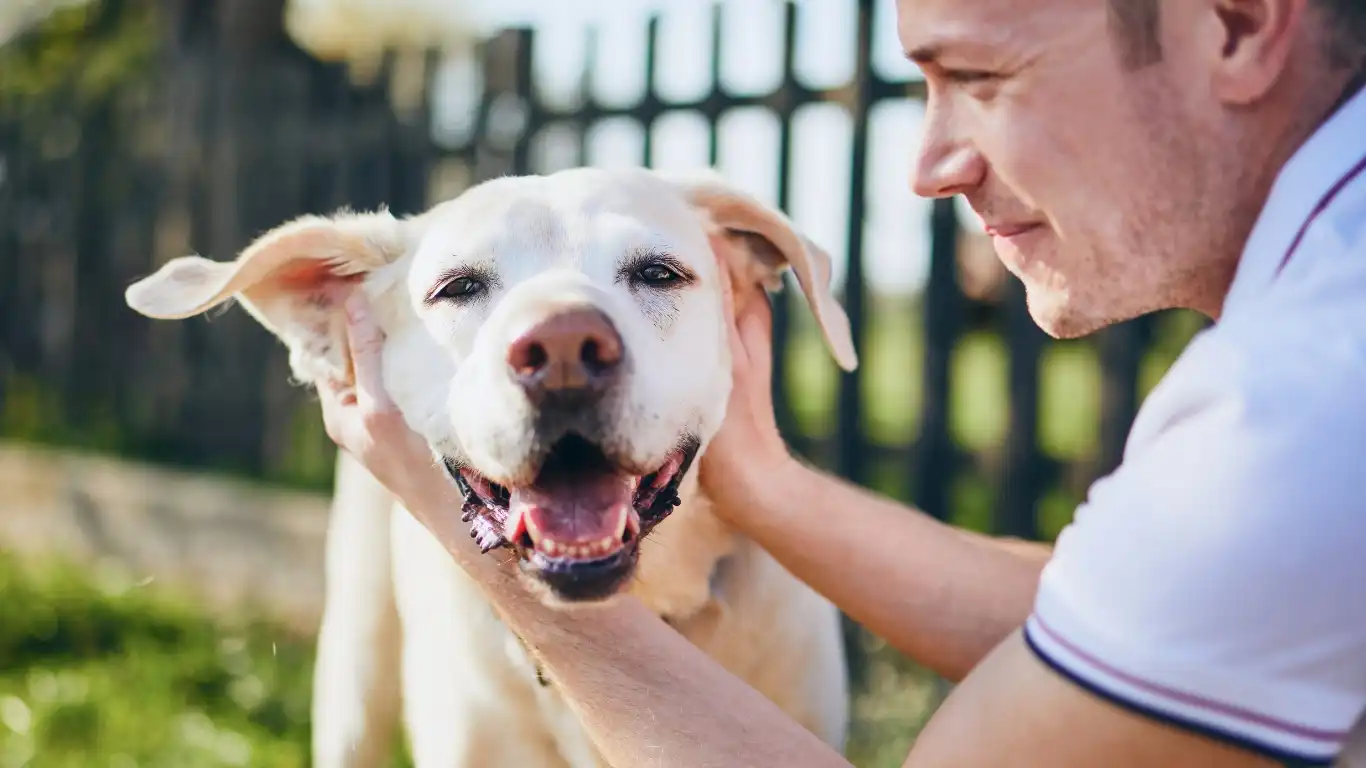
Keep It Calm, Not Dramatic
This one’s tough, I know. You’re probably emotional, your dog senses something’s up, and the car ride is filled with big eyes and wagging tails (or anxious pacing). But here’s the thing—your energy sets the tone. If you’re nervous, your dog will pick up on it fast. I always recommend keeping the goodbye short, sweet, and positive.
Do:
- Stick to your normal tone of voice.
- Use a happy, confident energy when handing them off.
- Trust the staff—you chose them for a reason.
Don’t:
- Turn it into a drawn-out goodbye with hugs and tears. It’ll just stress your dog out more.
- Try to sneak away unnoticed—most dogs handle a cheerful “See ya later!” much better than confusion.
Leave Clear Instructions and Say Hello to Routine
Dogs thrive on routine. The more the kennel can stick to your pup’s daily habits, the smoother the transition. This includes feeding times, potty breaks, and even play schedules if your dog is used to certain rhythms.
We used to hang laminated “pet profiles” on each dog’s kennel that included feeding instructions, medications, quirks (like “don’t like loud noises” or “needs slow introduction to other dogs”), and emergency numbers. It’s worth asking if your facility does something similar—and if not, bring a sheet they can tape up.
One of the best transitions I saw was a Goldendoodle named Olive. Her mom packed a detailed daily schedule (with cute paw-print borders, no less) and even added her Spotify calming playlist link for nap time. Olive settled in like she owned the place within a day.
Staying in the Loop While You’re Away
Ask About Communication Options
Let’s face it—you’re going to worry a little. It’s normal. That’s why I always recommend choosing a kennel that offers updates. Whether it’s daily texts, photos, or a social media check-in, it helps to know your pup is happy and healthy.
Some kennels even use pet parent apps that log meals, potty breaks, and playtime. Total game-changer. And if your facility doesn’t offer it? Ask if the staff are okay with the occasional check-in text—just don’t overdo it. You want them focused on the dogs, not their phones.
And remember, no news is usually good news. If there’s a problem, a good kennel will reach out fast. Otherwise, assume your pup’s too busy chasing tennis balls to miss you much.
The Reunion: What to Expect When You Pick Up Your Dog

Get Ready for the Zoomies (or Maybe the Silent Treatment)
So, the big day’s finally here—time to scoop up your fur baby and head home! Some dogs will explode with joy the second they see you (cue the tail-whipping, body-wiggling chaos), while others might act a little “meh” or even seem tired. Don’t panic. Both reactions are totally normal.
In my experience as a vet tech, I’ve seen dogs come home from boarding and immediately crash into a 12-hour nap. It’s not always because they were stressed—it’s often because they were having so much fun and stimulation all day. It’s like a toddler coming back from a birthday party: overstimulated and wiped out.
Pro tip: Don’t schedule too much for the rest of the day. Let them rest, settle, and adjust back to home life at their own pace.
Decompression Is a Thing
Even if the kennel stay went off without a hitch, dogs need a little time to “detox” from the boarding experience. They’ve been in a different environment, around new people and dogs, with new smells and routines.
- Give them space: Let them sniff around, reorient, and get reacquainted with their home.
- Ease back into routine: Try not to overwhelm them with guests, training, or vet visits right away.
- Watch for subtle behavior shifts: A little clinginess, extra sleep, or slight grumpiness can be part of the decompression period.
I once boarded a dog named Jasper—a typically goofy, affectionate golden retriever. When his family picked him up, he was oddly reserved for the first few hours. They panicked and called me, but sure enough, by dinner time, he was back to smacking them with his paw for treats. Just needed to settle in!
After Boarding: What’s Normal vs. What’s Not

Signs Everything’s A-OK
Let’s start with the good news—most dogs come home healthy, happy, and just a little tired. A few things you might notice that are generally considered normal after a kennel stay include:
- Increased sleep for a day or two
- Temporary appetite changes (eating more or less than usual)
- More thirst than usual (boarding facilities are often more active, and dogs may drink less due to distraction)
- Mild loose stool from excitement or minor diet changes
If you’re ever unsure, call your vet—or better yet, your boarding facility. They can tell you if your dog had any digestive issues or changes while in their care.
When to Call the Vet
Now, while 90% of post-boarding quirks are no big deal, there are a few red flags to keep an eye out for:
- Persistent diarrhea or vomiting lasting more than 48 hours
- Unusual coughing or sneezing (could be kennel cough)
- Limping, cuts, or sores that weren’t there before
- Extreme lethargy or signs of depression
If anything feels off, trust your gut and give your vet a call. Quick intervention can make a big difference. And yes, this is coming from someone who has seen kennel cough sneak up fast—especially in dogs with lower immune responses. For more detailed health insights, you can check reputable sources like PetMD or the NIH for up-to-date info on post-boarding health signs.
Tips for Future Boarding Success
Make Notes for Next Time
After the experience, jot down what worked—and what didn’t. Did your pup do well with group play? Did they refuse dry kibble unless mixed with wet food? Those little things can help fine-tune the next trip.
I had a client whose dog wouldn’t poop the whole weekend during his first boarding stay. She figured out that he needed his favorite walking trail scent to go. So for future trips, she left one of his “pee rags” (I know, gross—but effective) in his bag. He never had the issue again. Dogs are weird, and we love them for it.
Keep Training Consistent
Boarding can actually help reinforce structure if the facility uses positive reinforcement. But if your dog regresses a little—maybe forgets their “stay” or becomes clingy again—that’s okay. Just reintroduce training gently and patiently. Use the opportunity to reconnect and bond with them after time apart.
Consider Alternatives Next Time (If Needed)
If your pup truly didn’t thrive in a kennel setting, that’s totally okay. Boarding isn’t one-size-fits-all. You can look into:
- In-home pet sitters who stay at your place or check in multiple times a day
- Smaller boutique kennels with fewer dogs
- Family members or friends your dog already knows
It’s all about finding the best setup for *your* dog’s needs. For more dog care advice and alternatives, you can check reliable pet authorities like AKC or Health.com.
Final Thoughts
Preparing your dog for boarding at a kennel is more than just packing a bag and dropping them off—it’s a whole process of trust, communication, and understanding your dog’s unique needs. With the right planning, a supportive kennel team, and a little emotional prep for both of you, it can actually be a positive, enriching experience.
As someone who’s worked with hundreds of pups through pre-boarding jitters, nutrition adjustments, and post-stay follow-ups, I can say with confidence—it gets easier with time. And seeing your dog bounce back happy, healthy, and maybe even a little more independent? That’s the best reward.
References:
Disclaimer: This article is for informational purposes only and is based on my professional experience as a Veterinary Technician/Nurse specializing in pet nutrition. It should not be considered medical advice. Always consult with your veterinarian regarding your pet’s individual health needs or conditions.

